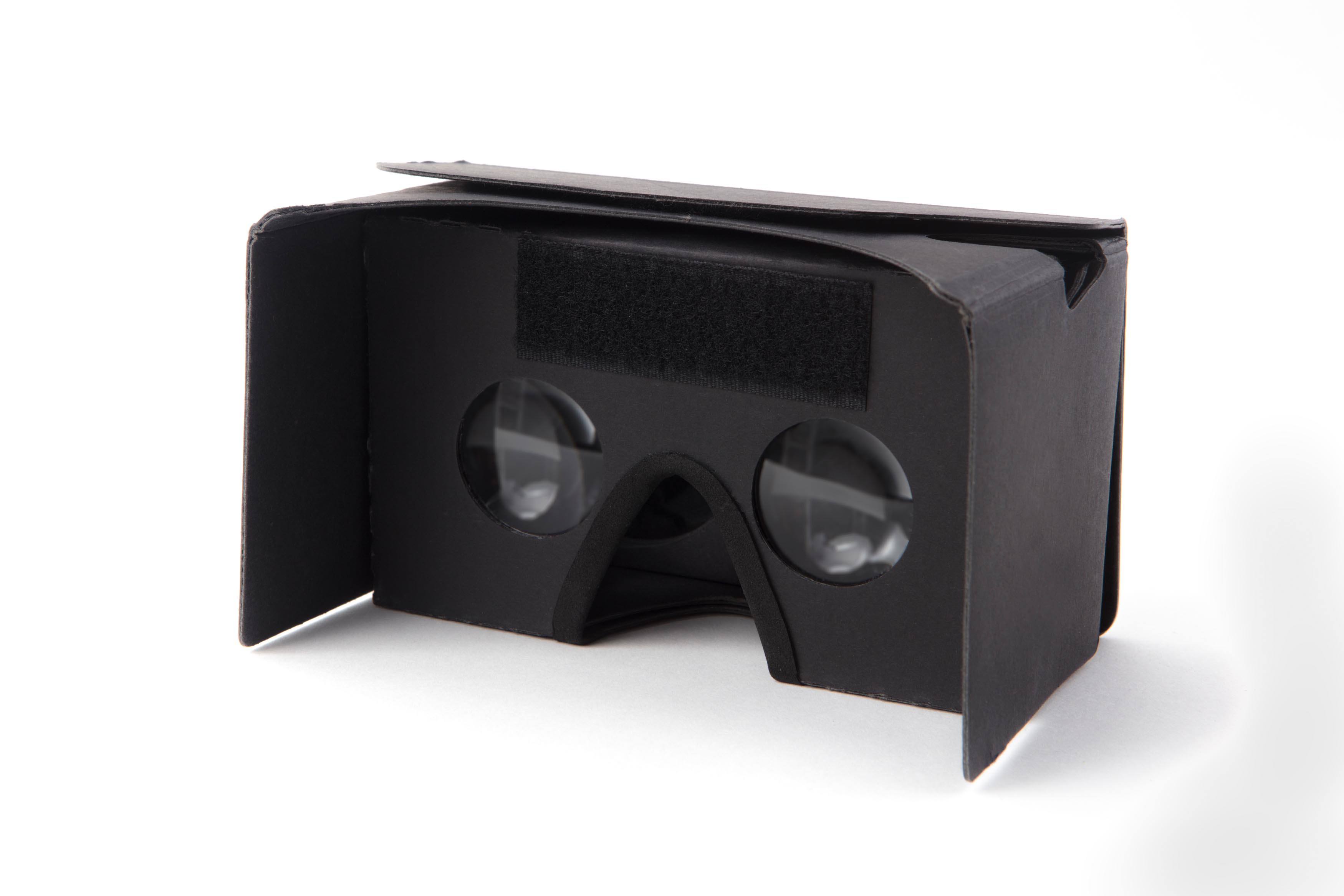63. Virtual Reality Enhances Classroom Work

VR technology seamlessly liberates a student’s potential for exploration, allowing them to travel virtually to other countries and to explore Outer Space.
Recently, World and Classical Language teachers teamed up with Dalton’s New Laboratory for Teaching and Learning (NLTL) to introduce 360’ Virtual Reality (VR) technology into their classroom.
Using smartphones inserted into cardboard 3D viewers worn as hand-held glasses, students explored a 360’ immersive Cuba experience. Wearing their 3D viewers, high school students redefined the space of their classroom, roaming and rotating to interact with the Cuban culture through this versatile technology. At the end of class, the students actually applauded and we knew that we were onto something with this powerful teaching tool.
At the First Program, students use VR technology to explore outer space bringing the mysteries of the galaxy dramatically into the classroom. Middle School History experiences the annual Islamic Hajj Pilgrimage to the holy city of Mecca via VR. For professional development, the NLTL partnered with the Science department to introduce 360º technology. Dalton scientists enjoy this immersive experience within cells and viruses using a portable VR classroom kit that NLTL constructed.
As Frank Moretti, co-founder of the NLTL, mused in 1993 “Students enter the school curious about learning, curious about exploring, and curious about things; we see the new technology as building upon that curiosity and liberating that exploration.” Today, VR technology seamlessly liberates a student’s potential. While photos of technology in the classroom often depict students in front of screens or wearing headsets, what happens afterward isn’t shown. After a VR or 360 experiences, how one interacts with the real world can be profoundly impacted; that learning experience is our goal.
—John Neiers, Director of Technology